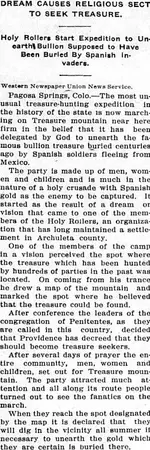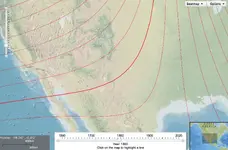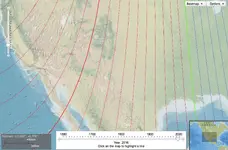Hello Mdog
This might be of interest. In regards to Frank Velarde SR and Jr. In the United States census records. There was a grain farmer called frank Velarde born 1890 in Mexico but lived in Gardner Colarado as a farmer in 1910. Frank Velarde JR was born in 1927 as per 1930 census.
It appears the father crossed over the border into Mexico and returned via Texas in 1962 . It appears he died in 1967. If this is correct father and son combination with this name in Colorado. The alleged document if it was prepared for both father and Son was prepared or typed some time between 1962 and 1967.
Of course if this is the correct father and son combination? As there was a father and son in California. They had a grand father that was a Spanish general. but which ones are actually connected to the document I leave that to you.
Mal
Thanks Mal. I don't know how you got that information so fast. Gardner, Colorado is about 90 miles from Treasure Mountain and real close to treasure legend land. I guess somebody that close might have an interest in treasure legends. The Spanish general connection seems interesting too. The document was translated from French to Spanish. Thank you for the leads. I have an interest in Captain Louis de Villemont....maybe something there.






